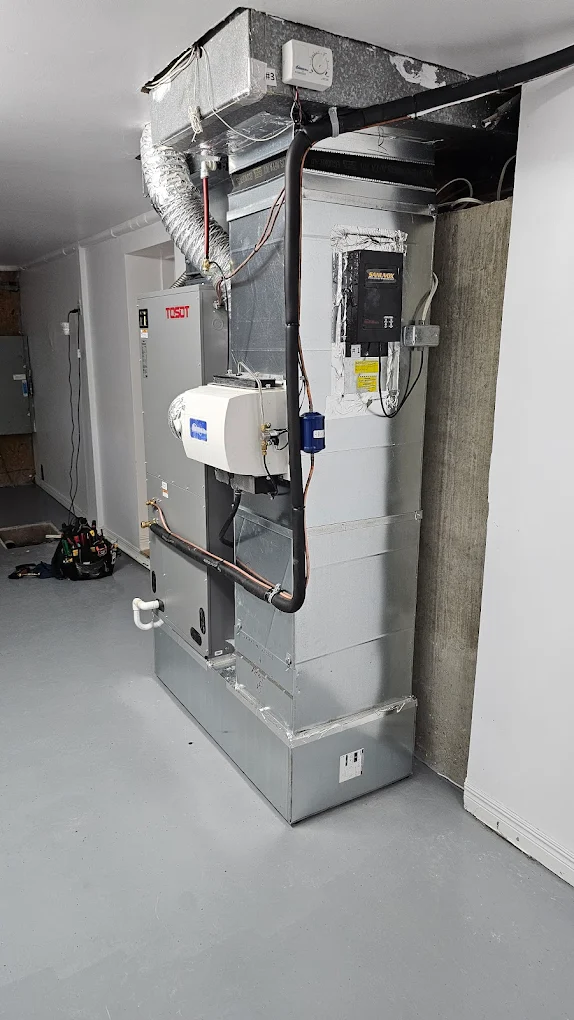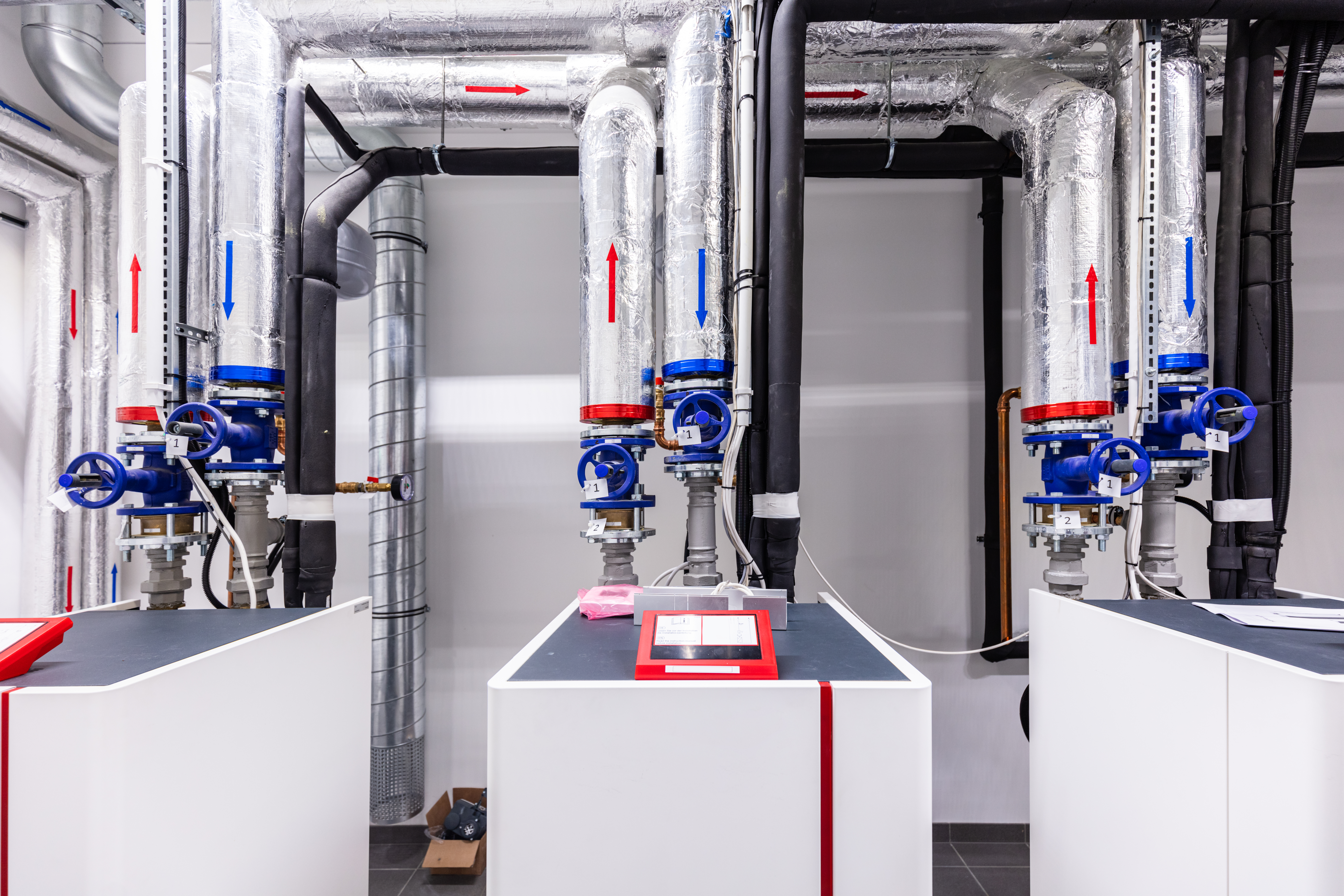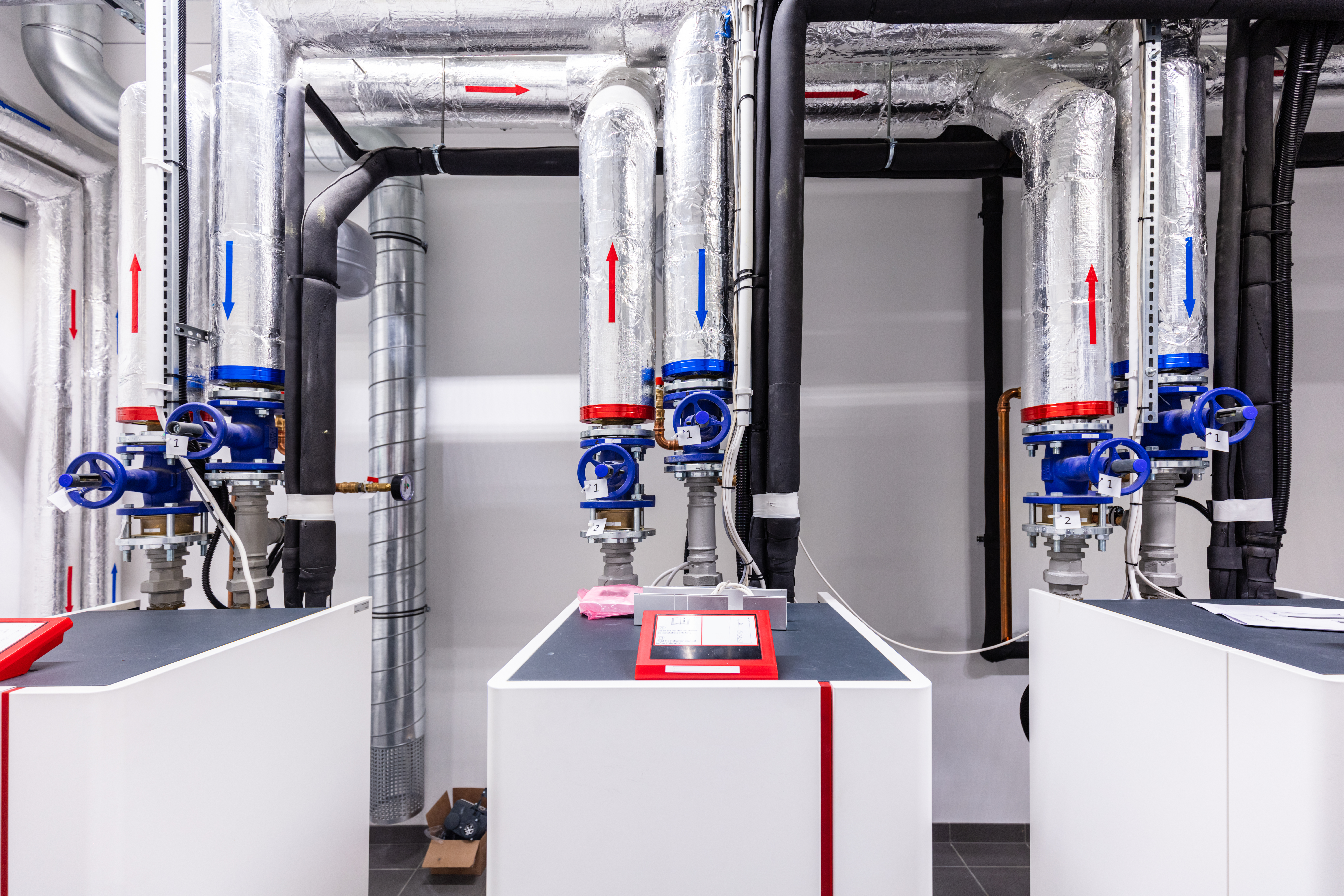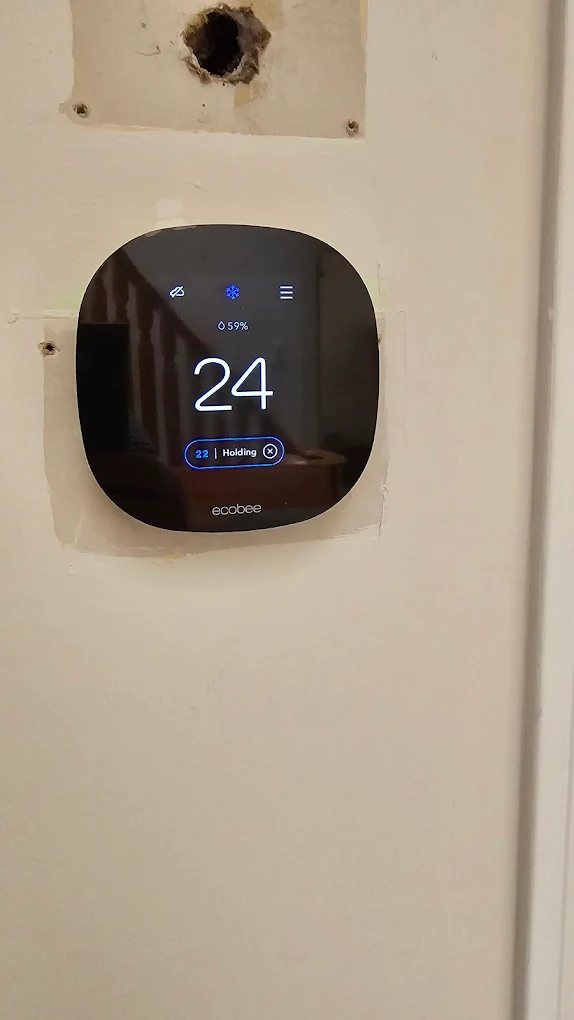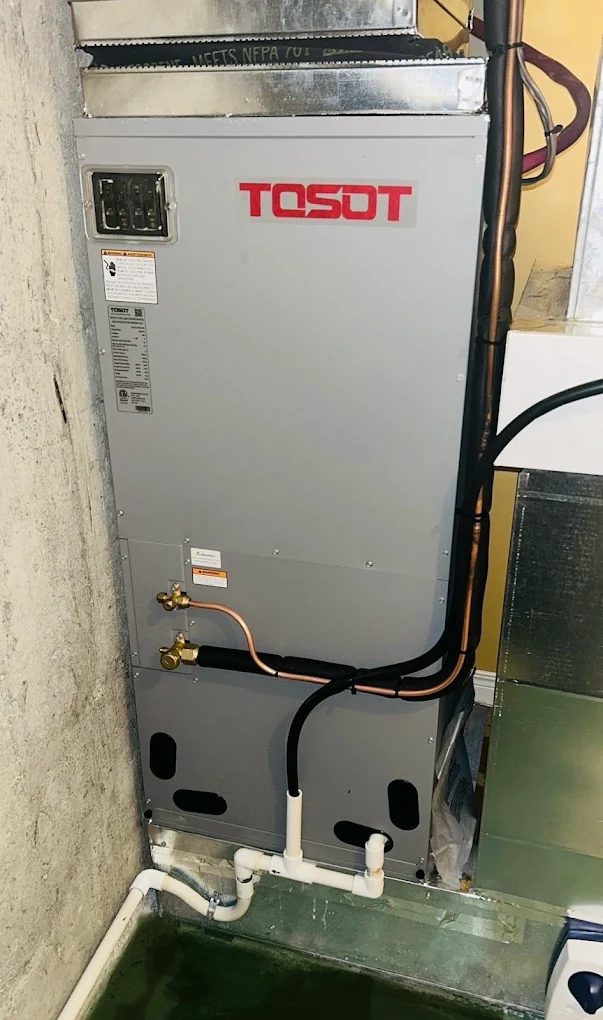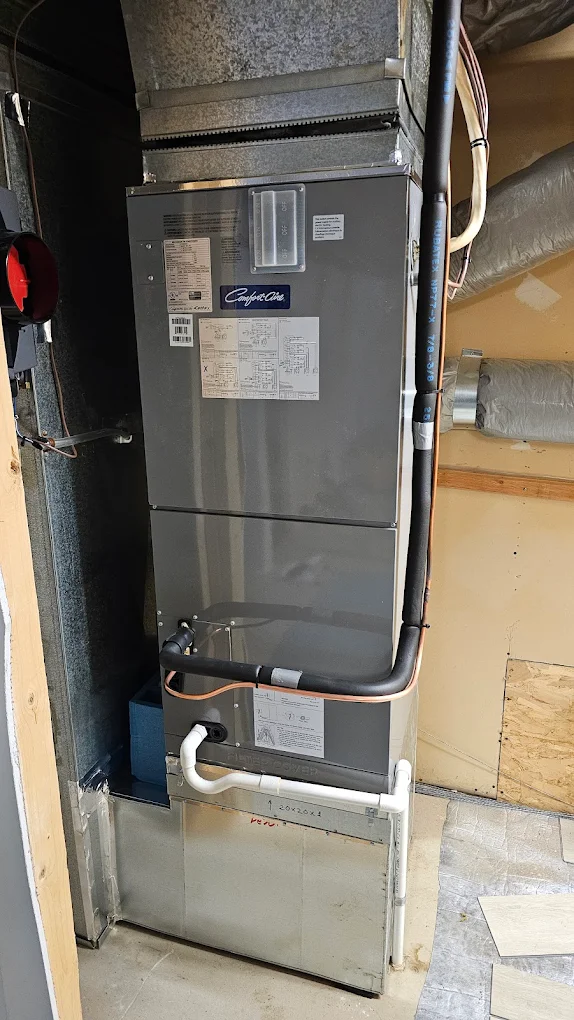As the summer heat sets in across Greater Montreal, spotting a refrigerant leak in your air conditioning unit early on can prevent uneven cooling, inflated energy bills, and potential environmental damage. Climate Solutions shares expert guidance on common warning signs, quick DIY checks, and when to call in certified HVAC professionals.
Why Leaks Matter in Montreal’s Climate
Refrigerant is essential for transferring heat and keeping indoor temperatures comfortable. In a city known for muggy summers and frigid winters, an undercharged system must work overtime—driving up electricity use and wearing out components more quickly. Moreover, many refrigerants have global warming potential, making fast detection crucial for both your wallet and the environment.
Key Indicators of a Refrigerant Leak
Unusual Hissing or Bubbling Sounds
If you hear a steady hiss or faint bubbling near the indoor coil or refrigerant lines, gas may be escaping under pressure. Sometimes larger leaks produce a gurgling noise as oil and refrigerant mix and flow out together.
Warm Air Blowing from Vents
When your thermostat is set to cool but warm air continues to circulate, low refrigerant could be the culprit once you’ve ruled out dirty filters or fan issues. Extended run times without reaching setpoints often signal an undercharged system.
Ice Build-Up on Evaporator Coils
Dropping pressure from a refrigerant leak can cause coil temperatures to plummet, freezing condensation into ice. This frost further blocks airflow, compounding cooling problems and signaling the need for an inspection.
Unexpected Spikes in Energy Costs
A system low on refrigerant draws more current to achieve comfort levels. If your summer bills climb unusually high, a hidden leak forcing extra compressor work may be to blame.
Simple Methods to Check for Leaks
Soap-Bubble Inspection
Mix a mild detergent solution and apply it to exposed joints, valves, or line fittings. Bubbles forming at these points reveal escaping gas. This quick check works well for larger leaks but may miss very small ones.
Electronic Leak Detectors
Handheld sniffers sense refrigerant molecules and can pinpoint minute leaks in hard-to-access areas. These devices are a cost-effective tool for homeowners who want to perform a more thorough assessment before calling an HVAC service.
Built-In Leak Sensors in Modern R32 Systems
Many new R32-based air conditioners sold and installed by Climate Solutions include integrated refrigerant-leakage sensors. Under current safety standards, these sensors shut down the unit automatically if they detect elevated refrigerant levels in the airflow, preventing further loss and alerting you to a potential hazard.
Next Steps When You Detect a Leak
- Power Off the AC: Shut down the system to avoid compressor damage and additional refrigerant loss.
- Contact a Certified Technician: Climate Solutions’ EPA-certified specialists use proper recovery equipment, pressure testing, and certified refrigerant handling to repair your system safely.
- Note Any Error Codes: If your R32 unit displays a fault code, record it. This helps the technician diagnose and rectify the leak more efficiently.
- Document Symptoms: Keep a log of noises, cooling performance, and runtime patterns to assist in pinpointing the leak location.
Timely leak detection safeguards your comfort during Montreal’s humid summers, preserves energy efficiency, and reduces environmental impact. Whether you perform a basic soap-bubble test or rely on built-in sensors in modern R32 systems, catching a problem early saves money and hassle. For expert leak detection, HVAC maintenance, or emergency repairs across the Greater Montreal area, trust Climate Solutions to keep your home cool and efficient.


